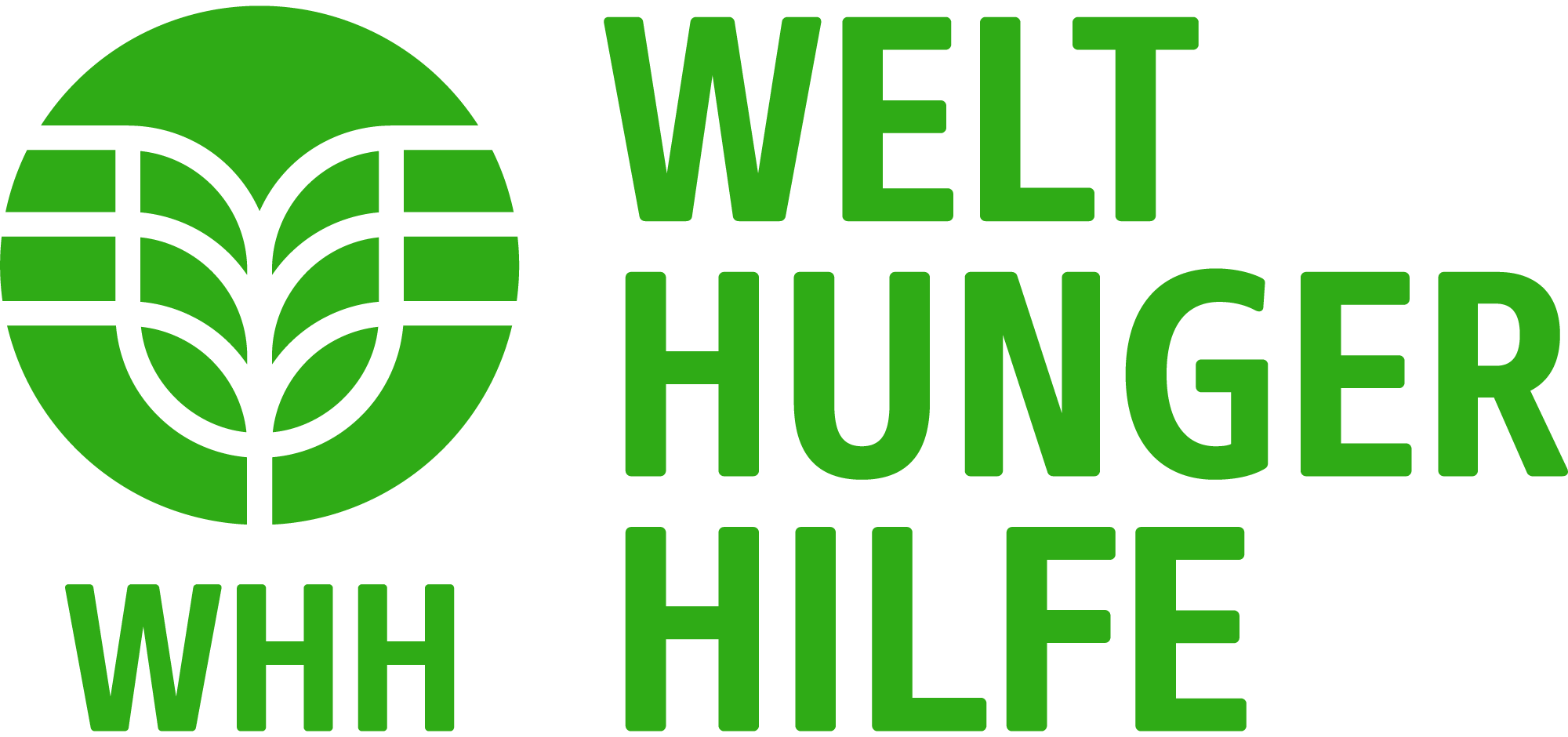Overview
Sierra Leone’s post-pandemic recovery was disrupted by concurrent domestic and external shocks, exacerbating existing macro-fiscal vulnerabilities. Inflation and exchange rate depreciation reached record levels, depressing economic activity, and triggering a severe cost-of-living crisis.
Until the outbreak of Ebola in 2014, Sierra Leone was seeking to attain middle-income status by 2035, but the country still carries its post-conflict attributes of high youth unemployment, corruption, and weak governance. Sierra Leone continues to face the daunting challenge of enhancing transparency in managing its natural resources and creating fiscal space for development. Problems of weak infrastructure, and widespread rural and urban impoverishment persist despite remarkable strides and reforms.
Development Challenges
Until the outbreak of Ebola in 2014, Sierra Leone was seeking to attain middle-income status by 2035, but the country still bears its post-conflict attributes of high youth unemployment, corruption, and weak governanceProblems of weak infrastructure, and widespread rural and urban poverty persist despite remarkable strides and reforms.
Source: World Bank 2024




